
Study in Australia
Your Gateway to Global Oppurtunities
Australia is a prime destination for students globally, including those from the Pakistan, due to its high-quality education and excellent career opportunities. Australian universities are globally respected and offer degrees that are valued worldwide. Pakistani students can work part-time during their studies, helping to manage living costs and gain valuable work experience. After completing their education, they can apply for a post-study work visa (PSW), allowing them to stay and gain work experience in Australia. This is particularly beneficial for Pakistani students aiming to build international careers.
With its safe and welcoming environment, Australia is a melting pot of cultures, making it an ideal destination for students from all backgrounds. Whether pursuing a bachelor’s or master’s degree, students from the Pakistan can thrive academically, explore diverse job markets, and prepare for a successful future. The multicultural atmosphere and high-quality education system provide a supportive and enriching experience for all international students.
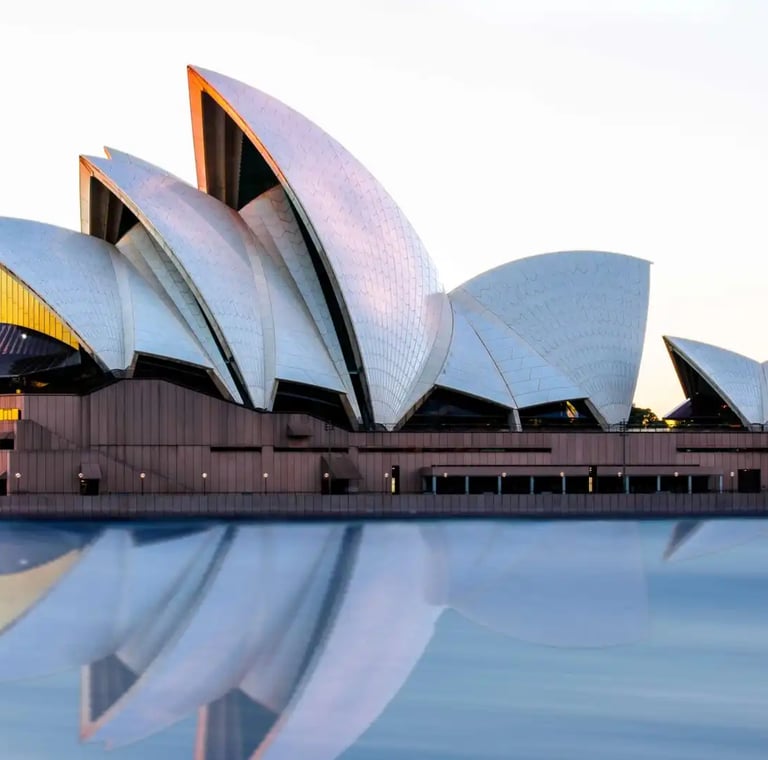

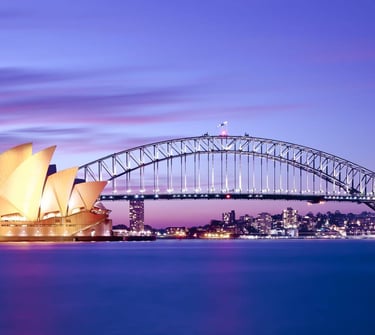

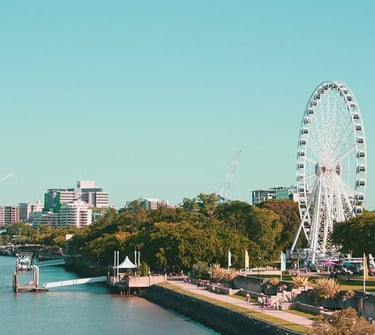



Study in the Australia: Courses, Costs, and Universities for 2025
Why Australia is a Great Choice for Study Abroad
Australia is a top choice for Pakistanix students, offering world-class education, diverse study options, a vibrant multicultural experience, and stunning natural beauty for personal and professional growth.
Part-Time Work During Studies:
With an Australian student visa (subclass 500), students can work up to 48 hours per fortnight while their course is in session. This provides an excellent opportunity to gain work experience in Australia and supplement living expenses. During scheduled course breaks, students can work unlimited hours, allowing them to save more or explore full-time roles.
Post-Study Work Opportunities:
After graduation, students can take advantage of programs like the Temporary Graduate visa (subclass 485), which allows them to work in Australia and gain valuable hands-on experience in their fields of
study.
Innovative Learning Environment:
Australia is known for its focus on practical, research-driven education, equipping students with skills for real-world challenges.
Access to Advanced Fields:
Australian universities offer state-of-the-art programs in a wide range of disciplines, including renewable energy, biotechnology, robotics, artificial intelligence, data science, space technology, cybersecurity, healthcare innovation, and many more. These programs foster innovation, critical thinking, and specialized expertise, preparing students for emerging global challenges.
Explore the costs of studying in Australia, including tuition and living expenses.
Undergraduate Programs: Approx AUD 23,000–45,000 (average).
Postgraduate Programs: Approx AUD 28,000–50,000 (average).
Fees for Studying in Australia
Admission Intake Periods in Australia
About
Australia is a vast and diverse country located in the Southern Hemisphere, comprising the mainland of the Australian continent, the island of Tasmania, and numerous smaller islands. Known for its unique wildlife, stunning landscapes, and rich Indigenous heritage, Australia is a global leader in education, research, and innovation. Its world-class cities, such as Sydney and Melbourne, are vibrant hubs of culture and commerce, while its natural wonders, including the Great Barrier Reef and the Outback, attract millions of visitors annually. With a welcoming society and a high standard of living, Australia is a popular destination for international students and migrants seeking new opportunities
Capital: Canberra
Government: Federal Parliamentary Constitutional Monarch
Dialing code: +61
Over 40 universities, including globally recognized institutions.
Institutions:
Undergraduate Tuition Fees:
Approx AUD 23,000–45,000 (average).
Postgraduate Tuition Fees:
Approx AUD 28,000 - 50,000 (average).
PSW Permit:
International students on a student visa are eligible for a Temporary Graduate Visa (subclass 485), allowing them to work in Australia for 2 to 4 years post-graduation, depending on the course and location.
Student's top study destination


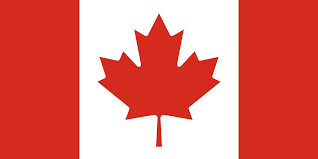

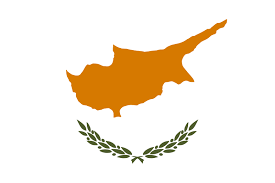

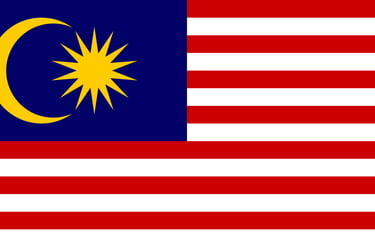

UK
Canada
Cyprus
Malaysia
Australia Living Costs for Pakistani Students
Australia provides a top-notch education, but students should be aware of the living costs. By planning and budgeting wisely, they can handle their expenses efficiently. Here’s a general breakdown of typical monthly costs:
1. Accommodation
Choice of accommodation significantly impacts expenses. Here are the main options:
University Dormitories: On-campus accommodation is convenient, often including utilities and meal plans. Costs vary by university and room type, ranging from AUD 600 to AUD 1,500 per month.
Shared Apartments: Sharing an off-campus apartment with other students can reduce costs. Expect to pay AUD 400 to AUD 1,000 per month, depending on the city, location, and apartment size.
Private Apartments: Renting a private apartment offers more independence but is generally the most expensive option so it is not recommended to students they always research rental prices in preferred areas.
2. Food and Groceries
Dining Out: A basic meal at a casual restaurant costs around AUD 51 to AUD 30. Fast food or takeaway options are generally cheaper.
Groceries: Cooking at home is the most budget-friendly option. Expect to spend AUD 300 to AUD 500 per month on groceries, depending on your dietary preferences and shopping habits.
3. Transportation
Public Transportation: Australian cities have well-developed public transport systems. A monthly pass typically costs AUD 100 to AUD 200, depending on the city and travel zones.
Ride-Hailing Services: Services like Uber and Ola are convenient but can be expensive for regular use.
Personal Vehicles: Owning a car involves costs like insurance, fuel, registration, and maintenance.
4. Additional Costs
Utilities: If renting off-campus, budget for electricity, gas, water, and internet, which can total AUD 150 to AUD 300 per month.
Entertainment and Leisure: Movies, concerts, and social activities can add to your expenses. Seek student discounts and free events.
Health Insurance: Overseas Student Health Cover (OSHC) is mandatory for all international students. Costs vary by provider and coverage, typically ranging from AUD 40 to AUD 70 per month.
Phone and Internet: Expect to pay AUD 50 to AUD 100 per month for mobile phone plans and internet services.
Books and Study Materials: Costs vary depending on your course, but budget AUD 0 to AUD 100 per month.
To study in Australia, students will need a Student Visa (subclass 500). Follow these steps to apply:
1. Secure Your Place in a Course
Apply to your preferred Australian institution and receive a Confirmation of Enrolment (CoE). This document confirms your acceptance into a registered course. Explore institutions and courses on official Study in Australia
2. Demonstrate Your Genuine Intention to Study
As part of the visa application process, students must convince the Australian Department of Home Affairs that the primary purpose for coming to Australia is to study temporarily. This is assessed through the Genuine Temporary Entrant (GTE) requirement, which ensures that you are a genuine student and have plans to return to your home country after completing your studies. Here’s how you can demonstrate this:
Academic Background and Study Plan
Financial Capacity
Ties to Your Home CountryIntent to Return:
A well-written Statement of Purpose (SOP) addressing the above points.
For detailed information on this students can visit the Genuine Temporary Entrant (GTE) official website.
3. Compile Your Supporting Documents
Gather all required documents:
Valid passport
Confirmation of Enrolment (CoE) issued by your chosen institution.
English language proficiency test results (e.g., IELTS, TOEFL)
Health Insurance: Overseas Student Health Cover (OSHC) – essential for medical costs (around AUD 600 per year).
Documents satisfying health and character requirements, which may involve medical examinations and police checks.
4. Create an ImmiAccount
Register for an ImmiAccount on the Department of Home Affairs website:
5. Submit Your Visa Application Online
Complete the online application form for the Student Visa (subclass 500) through your ImmiAccount. Enter all the required details and upload scanned copies of your supporting documents.
6. Pay the Visa Application Fee
Pay the visa application fee online which is AUD 1600.
7. Complete Your Application
Submit your completed application through your ImmiAccount.
8. Track Your Application
Monitor the progress of your application online through your ImmiAccount.
9. Provide Biometric Information (if required)
You may need to attend an appointment to provide your biometric information.
10. Receive Your Visa Outcome
The Department of Home Affairs will notify you of their decision through your ImmiAccount. If your visa is granted, you will receive your visa grant letter.
Depending on your nationality and specific circumstances, you may need to submit additional documents, such as a resume, and police clearance certificate.
Most universities in Australia offer generally two main intakes:
Australia typically has two main intakes:
February intake (Semester 1): This is the primary intake, offering the widest range of courses.
July intake (Semester 2): This is the secondary intake, with a slightly smaller selection of courses.
Economical Study Options in Australia for Students
Australia offers an unparalleled range of universities for international students, balancing prestige and affordability. Some popular institutions include:
Deakin University (Melbourne)
University of Wollongong (Wollongong)
Curtin University (Perth)
University of Western Australia (Perth)
Bond University (Gold Coast)
Western Sydney University (Sydney)
University of Southern Queensland (Toowoomba)
University of Adelaide (Adelaide)
University of Newcastle (Callaghan and Sydney)
Charles Darwin University (Darwin)
These universities offer diverse affordable programs to international students, ensuring academic and personal success.
Australian Student Visa Application: Documents and Procedures
How International Students Can Access Scholarships in Australia
Financing your education in Australia as an international student can be challenging, but there are numerous scholarship options available to help support a student’s academic journey. Here are some notable scholarships:
Australia Awards
Australia for ASEAN Scholarships
Australian Government Research Training Program (RTP)

Talk to an Expert
London office
71-75 Shelton St,
London. WC2H 9JQ
United Kingdom.
+44 7779972729
© 2024. All rights reserved.
Lahore office
Alpha Society
Lahore.
+92 321 0222666
2nd floor, toheed mall, Queens Rd, Madina Town, Sargodha.
+92 0322 1044222
2nd Floor, Hasham Plaza, Main GT Rd, Pak Town Kāmoke.
Office No 3/24, 5th floor, Metro Station, Silk Centre, Rawalpindi.
+92 342 2228363
2nd Floor, Paptech College, Main GT Road, Gujranwala.
+92 3000 542900
+92 3000 542900
nankana sahib office
71-2nd Floor, Rehmat Center,
Nankana Sahib.
+92 329 8211044
Phool Nagar office
Bahir Wala Ada, Near Wapda office, Phool Nagar.
+92 300 0481010
